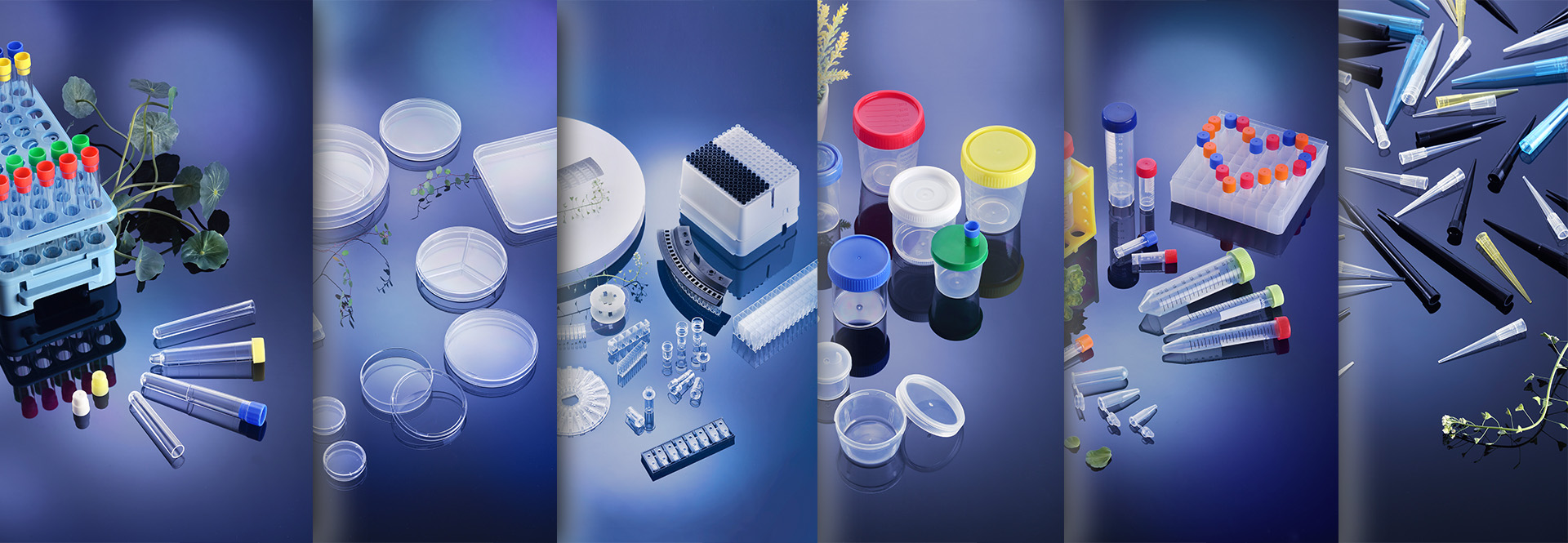Vacuum blood collection tubes are used to collect blood samples for laboratory testing. These tubes are made of plastic or glass and are vacuum-sealed with a specific amount of blood collection additive inside. The vacuum inside the tube helps to draw the correct amount of blood into the tube, which is important for accurate laboratory testing.
There are different types of vacuum blood collection tubes, each with a different color-coded cap to indicate the type of additive inside. For example, a red cap tube contains no additive and is used for collecting serum samples, while a lavender cap tube contains EDTA (ethylenediaminetetraacetic acid) and is used for collecting whole blood samples for hematology testing.
In the medical field, accurate and timely diagnosis is crucial for effective treatment. One common diagnostic tool used is the vacuum blood Collection Tube, which has revolutionized the process of blood sample collection. These tubes are specifically designed to simplify and optimize the blood collection process, improving efficiency and reliability.
The vacuum blood Collection Tube consists of a sterile tube with a closure system, typically made of plastic or glass. The closure system consists of a rubber stopper and a plastic cap. What sets these tubes apart is the presence of a vacuum within them. This vacuum helps in drawing blood smoothly into the tube, eliminating the need for manual aspiration, thus reducing the chances of human error and contamination.
The efficiency of the vacuum blood Collection Tube lies in its design and functionality. The rubber stopper acts as a one-way valve. When a healthcare professional inserts a Needle into a patient's vein, the vacuum within the tube facilitates the flow of blood into the tube. Once the required volume of blood is collected, the stopper prevents any leakage or backflow.
There are several advantages to using vacuum blood collection tubes. Firstly, they offer standardized blood collection, ensuring consistent results across different samples. The vacuum within the tube enables the collection of a precise amount of blood, making it easier to measure and analyze the sample accurately. This consistency is particularly important for tests that require specific blood-to-additive ratios, such as coagulation studies or blood culture tests.
Secondly, vacuum blood collection tubes reduce the risk of contamination. The vacuum prevents air from entering the tube during blood collection, minimizing the exposure of the sample to external contaminants. This helps maintain sample integrity, ensuring reliable and accurate test results.
Moreover, the use of vacuum blood collection tubes improves the overall workflow in healthcare settings. The elimination of manual aspiration saves time and simplifies the blood collection process. Healthcare professionals can collect blood samples efficiently, allowing them to attend to more patients in a shorter period. Additionally, the standardized collection process reduces the likelihood of errors, leading to more reliable diagnoses and treatment decisions.
It's worth noting that different vacuum blood collection tubes are available, each containing specific additives designed for various diagnostic tests. These additives may include anticoagulants, clot activators, or substances that preserve the stability of certain analytes. The selection of the appropriate tube with the specific additives ensures the accurate processing and analysis of blood samples for different laboratory investigations.
In conclusion, the vacuum blood collection tube has significantly improved the efficiency and reliability of blood sample collection. Its streamlined design and functionality eliminate manual aspiration, reduce the risk of contamination, and standardize the collection process. With the use of vacuum blood collection tubes, healthcare professionals can obtain accurate and consistent blood samples, enabling prompt and precise diagnoses, and leading to better patient care.

Contact: Neo
Phone: 008615867460640
E-mail: Info@Hwtai.com
Whatsapp:008615867460640
Add: Building 2, Xinmao Qilu Science Technology Industrial Park, Tianqiao District, Jinan City, Shandong Province,China.
We chat
